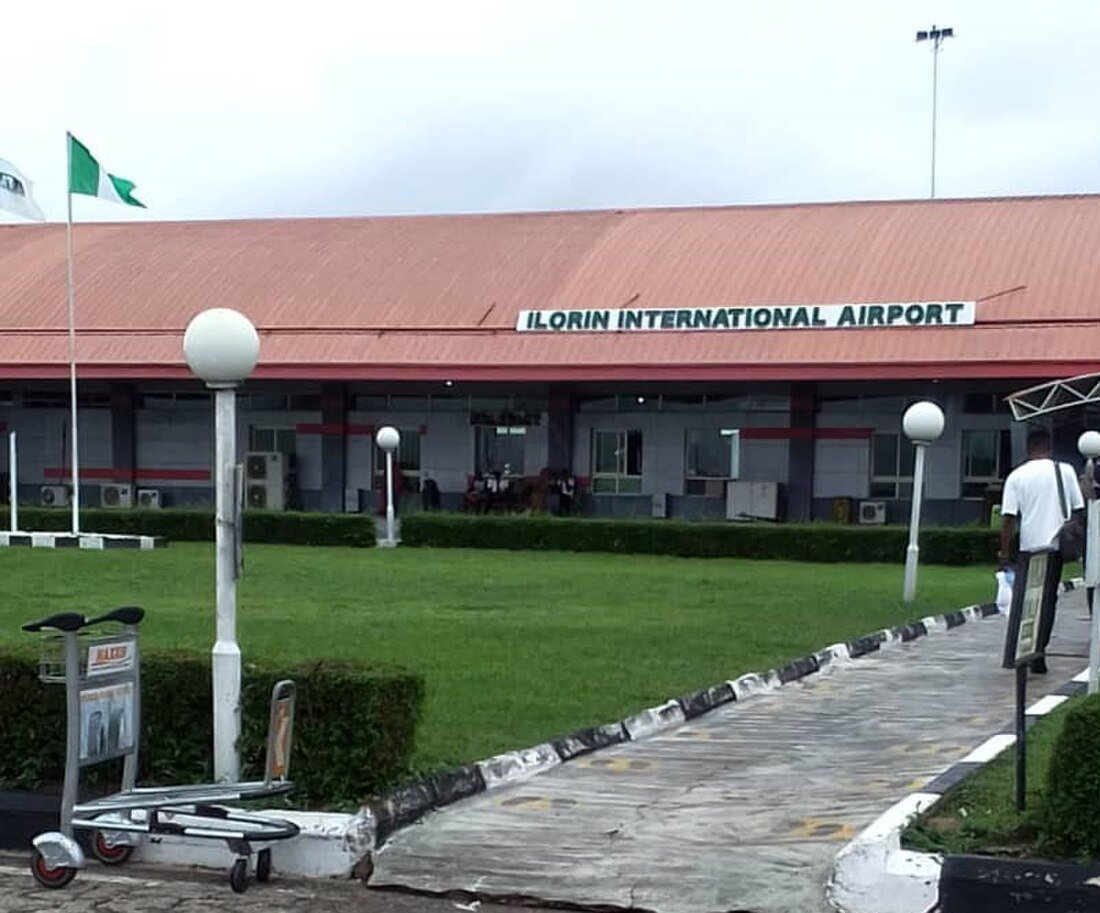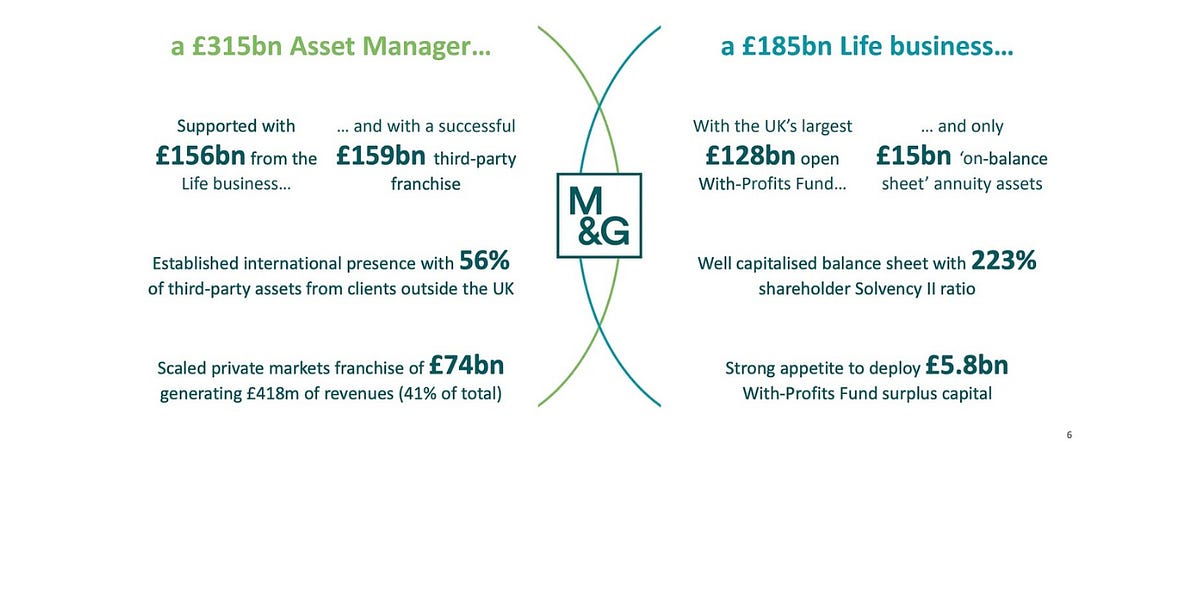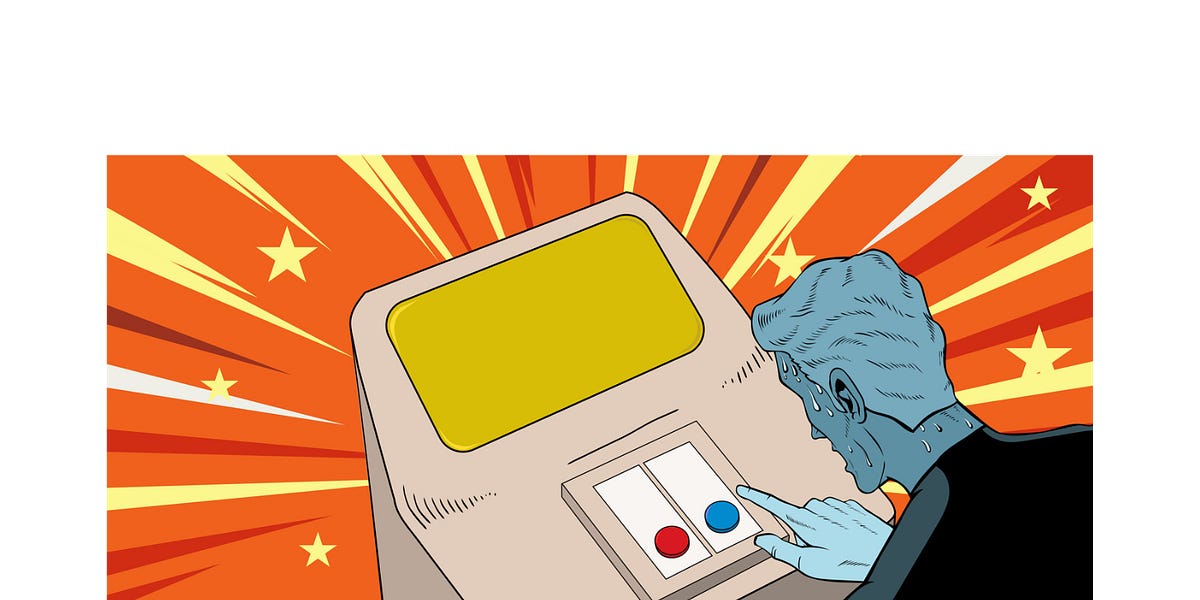Enhancing the quality and safety of central venous catheter insertion using projection mapping: a prospective observational simulation study with eye-tracking glasses
Enhancing the quality and safety of central venous catheter insertion using projection mapping: a prospective observational simulation study with eye-tracking glasses
We aimed to evaluate the effect of projection mapping (PM) on the quality and safety of central venous catheter (CVC) insertion under real-time ultrasound guidance.
Prospective, observational, simulation study.
This study was conducted at the Yokohama City University Medical Center (Yokohama, Japan). Volunteer residents were enrolled over 12 months from January to December 2023.
12 rotating residents (postgraduation year (PGY) 1 and 2) and eight anaesthesia residents (PGY 3–5) placed the CVC in the internal jugular vein in a simulator under the real-time ultrasound guidance using the short-axis out-of-plane approach. The ultrasound image was provided either just caudad to the puncture site using the PM method or on the monitor of the ultrasound machine (conventional method) placed next to the simulator’s right shoulder. Each resident performed four punctures alternating between the PM and conventional methods, and the first method for each resident was chosen randomly. Eye-tracking analysis was also used to evaluate differences in gaze behaviour.
The primary outcome was the procedure time defined as the time from the application of the ultrasound probe on the puncture field until successful puncture of the vein. The secondary outcomes were incidence of complications and eye-tracking analysis data.
The time to complete the line placement was significantly shorter for the PM than for the conventional method (median (IQR) 22.5 (15.5–30.6) s vs 30.0 (20.4–95.4) s; p=0.02, Wilcoxon’s signed-rank test). The incidence of posterior vessel wall puncture was significantly lower in the PM method (0% vs 25%; p=0.02, McNemar’s test). Eye-tracking analysis revealed that the percentage of time spent gazing at the ultrasound image was higher in the PM than in the conventional method (61.6% (55.0–69.2) vs 45.7% (34.1–54.5); p<0.01).
The PM method facilitates ultrasound-guided CVC placement while preventing excessive needle advancement in the inexperienced operators. This was accompanied by enhanced fixation of the participants’ line-of-sight on the ultrasound image.
Data are available upon reasonable request. Data are available upon reasonable request. The dataunderlying this article will be shared on reasonable request to the correspondingauthor.
http://creativecommons.org/licenses/by-nc/4.0/
This is an open access article distributed in accordance with the Creative Commons Attribution Non Commercial (CC BY-NC 4.0) license, which permits others to distribute, remix, adapt, build upon this work non-commercially, and license their derivative works on different terms, provided the original work is properly cited, appropriate credit is given, any changes made indicated, and the use is non-commercial. See: http://creativecommons.org/licenses/by-nc/4.0/.
If you wish to reuse any or all of this article please use the link below which will take you to the Copyright Clearance Center’s RightsLink service. You will be able to get a quick price and instant permission to reuse the content in many different ways.
Real-time ultrasound guidance has become the standard practice for the central venous catheter (CVC) placement in the internal jugular vein.1–9 In this procedure, the short-axis out-of-plane approach is more common than the long-axis in-plane approach.10–14 For the short-axis out-of-plane approach, the operator slides the ultrasound probe in the caudad direction while advancing the puncture needle so that the needle tip is always located. This requires a certain level of skill, and some investigators have raised a concern that the risk of excessively deep needle advancement may be higher than that in the conventional landmark methods, especially in the hands of inexperienced operators.15–17 This risk may lead to posterior vessel wall puncture, and serious complications such as vertebral artery puncture and pneumothorax may ensue.18–24
In the real-time ultrasound-guided method, the operator must alternately observe the ultrasound image and the puncture site, which are located separately. Shifting the line-of-sight may increase the workload and interfere with the hand–eye coordination, especially for the inexperienced operators. Indeed, recent studies on aviation safety and automobile driving have shown that head-up displays, which present necessary information within the line-of-sight, enable more precise manoeuvring to keep flight paths and driving lanes by reducing the shift of the line-of-sight.25–27 They also reported that reducing the driver’s line-of-sight shift increased the time spent gazing at the signals and obstacles. Similarly, the use of wearable glasses that display the ultrasound image makes the ultrasound-guided radial artery puncture procedure in children faster and more successful than the conventional method.28 29
Recently, advances have been made in projection mapping (PM) technology, which can project precise images onto surfaces.30 Using this technique, ultrasound images can be projected near the site where the CVC is placed. We hypothesised that projecting ultrasound images near the puncture site would improve the speed and safety of CVC placement performed by inexperienced operators by reducing their line-of-sight shift. Recently, a high-performance eye-tracking system has been available for medical research, and an eye-tracking analysis of gaze patterns during CVC insertion has been reported.31 In this study, we used eye-tracking technology to analyse resident’s gazes during the CVC insertion to evaluate the impact of PM on the operator’s gaze behaviour.
This prospective observational study was conducted at the Yokohama City University Medical Center (Yokohama, Japan). Volunteer residents were enrolled over 12 months from January to December 2023. The Japanese residency system provides basic training in all fields of clinical medicine during the first 2 years after graduation, followed by 5 years of specialised training for anaesthesia residents. Residents up to 2 years postgraduation (rotating residents postgraduate year: R-PGY 1–2) and anaesthesia residents 3–5 years postgraduation (AR-PGY 3–5) participated in this study.
All participants attended a 1-hour training course on real-time ultrasound-guided central venous catheterisation before the study. This training course included a lecture on ultrasound-guided puncture and hands-on training using the simulator (CVC Puncture Insertion SimulatorII; Kyoto Kagaku Co Ltd, Kyoto, Japan) under the supervising physician. Participants were given time to familiarise themselves with an ultrasound machine (EDGE; Sonosite, Inc, Bothell, Washington, USA) and received instructions on its operation. A 35 mm metal needle was used for puncture (Argyle Fukuroi SMAC Plus Micro Needle Type). Before the puncture, participants wore a head-mounted eye-tracking system (Tobii Pro Glasses 2; Tobii, Karlsrovagen, Sweden). Their eyes were calibrated using the eye-tracking software (Tobii Pro Lab, V.1.130) by instructing them to follow a black dot of the small white square card across different areas. After the calibration, participants wore surgical gloves and performed the procedures using the short-axis out-of-plane approach. Figure 1 shows the simulation setup. The participant stood at the simulator’s head and the ultrasound machine was placed next to the simulator’s right shoulder so that the participant, puncture site and ultrasound machine were as much on the straight line as possible. In the conventional method, the participant performed the puncture by looking at the screen of the ultrasound machine.
Figure 1
Setting of the simulation. The simulator was placed on the operating table. The ultrasound machine was placed next to the simulator’s right shoulder, and the projector was behind the participant. CVC, central venous catheter.
In the PM method, the ultrasound image was projected from the upper right side of the participant onto the flattened drape just caudal to the puncture site by connecting an ultrasound machine to a projector (Light Scene EV-110, Seiko Epson Corporation, Nagano, Japan) (figure 2). When viewing the PM image, the ultrasound machine screen was masked, preventing the participant from seeing it. In this study, all participants performed both methods by a cross-over design starting with either conventional or PM. In addition, all participants were novices with less than 50 cases of experience in performing ultrasound-guided puncture and CVC placement, in which we believe our participants would be homogeneous. Participants wore the eye-tracking device and performed a total of four punctures, alternating between using PM (PM method) and ultrasound machine screen (conventional method). Participants were randomly assigned to start with either PM method or conventional method first (conventional → PM → conventional → PM or PM → conventional → PM → conventional).
Figure 2
Projection mapping setup. The projector was used to project the ultrasound image from the upper right of the participant, very close to the puncture site. The images of the projection mapping are highly accurate and comparable to the ultrasound machine screen in central venous catheter puncture. The pictured individual has provided consent for publication of the image.
The resident’s performance was recorded from two directions to allow detailed analysis of the puncture, and the researcher also made thorough observations. The observing researcher verified whether the puncture was successful and ensured the eye-tracking was functioning properly. Ultrasound images were also recorded for analysis. Two blinded researchers who observed the recorded video images after the simulation had been conducted measured all outcomes. The following outcomes were measured for each method: The primary outcome was the procedure time, defined as the time from the application of the ultrasound probe on the puncture field until the successful puncture of the vein that was confirmed by withdrawing 1 mL of water in the simulator’s jugular vein. The secondary outcomes were as follows: the task success rate was defined as the number of punctures completed within 10 min from the application of the ultrasound probe to the placement of the guidewire over the total number of punctures for each method (ie, 2 punctures×20 residents=40 punctures for each method). The incidence of arterial and posterior vessel wall puncture was determined by reviewing the recorded ultrasound images by the two blinded researchers. If the needle tip was not fully determined, the needle’s depth and the movement of the posterior vessel wall on the ultrasound image were taken as signs of the posterior vessel wall puncture. The first-pass success was defined as the successful puncture of the jugular vein on the first attempt without redirecting the needle, and the first-pass success rate was recorded. The number of needle redirections was defined as changes in the direction of the needle regardless of whether the needle was removed from the skin or not.
A previous study of the eye-tracking analysis during ultrasound-guided CVC placement revealed that the two most relevant areas of interest (AOIs) included the ultrasound image and the puncture site with its surrounding area.31 We named these two areas as AOI-UI (ultrasound image) and AOI-PS (puncture site), respectively (figure 3), and recorded the time each participant’s line-of-sight stayed within these AOIs.
Figure 3
Eye-tracking analysis. Left panel: analysis of PM method set AOI to puncture site and ultrasound image (projection mapping). Right panel: analysis of conventional method set AOI to puncture site and ultrasound image (ultrasound machine screen). AOI, area of interest; AOI-PS, AOI-puncture site; AOI-UI, AOI-ultrasound image.
The eye-tracking data were further analysed for the following items:
Total-fixation-image/total-dwell-image (%): Dwell time is the total time during which the participant’s gaze was recorded inside the AOI. The dwell time includes the time taken to move the line-of-sight as well as the fixation time. This item is the percentage of the fixation time over the dwell time in the AOI-UI and indicates how focused the participant is on the specific target within the ultrasound image (figure 4). The eye-tracking data were automatically calculated by the analysis application after defining the AOI. In this study, we set the same AOI in all cases—at the same location and with the same magnitude—ensuring that no variation in the eye-tracking data was due to differences between measurers.
Based on the study by Ball et al, a two-tailed Wilcoxon signed-rank test power analysis was conducted based on the primary endpoint of the study, which was the procedure time defined above.14 Considering the data from the pilot study at our own facility, to possess a power of 80% to avoid type II error with significance at the 0.05 level, a sample size of 20 residents would be needed to detect a 50% difference for the procedure time between the PM method and conventional method using R package ‘pwrss’ (Bulus, M. (2023). pwrss: Statistical Power and Sample Size Calculation Tools. R package V.0.3.1. https://CRAN.R-project.org/package=pwrss). A total sample size of 22 participants (20 plus 2) was estimated, considering an expected 10–20% missing data due to eye-tracking measurement errors or other factors.
Wilcoxon signed-rank tests were used for non-parametric paired samples (the procedure time, the number of needle redirections, the fixation-time-image rate and the total-fixation-image/total-dwell-image), and exact McNemar’s tests were employed to compare the task success rate, first-pass success rate and the incidence of artery and posterior vessel wall puncture. Additionally, the univariate correlation between the procedure time and puncture experience was assessed using Spearman’s rank correlation. The level of significance was set at p<0.05. All analyses were performed using IBM SPSS Statistics, V.29.0.2.0 (Armonk, New York, USA).
None.
22 residents, each having less than 50 CVC puncture experiences, were recruited and participated in the study; however, two participants dropped out owing to incomplete eye-tracking data. Therefore, the data of 20 residents were subject to final analysis. Less experienced trainees (R-PGY 1–2) comprised 60% of the participants (12/20), including five residents with no prior CVC puncture experience on actual patients (table 1).
Table 1
Demographic variables of participating residents
The procedure time was significantly shorter in the PM method than in the conventional method (median (IQR): 22.5 (15.5–30.6) s vs 30.0 (20.4–95.4) s; p=0.02) (figure 5a). The success rate was 100% in both methods, and no arterial puncture occurred in either. Posterior vessel wall punctures occurred in 5 of the 20 participants in the conventional method, but not in the PM method (0% vs 25%; p=0.02). No significant differences were observed in the first-pass-success rate (62.5% vs 52.5%; p=0.45) and the number of needle redirections (1.5 (1.0–1.9) vs 1.5 (1.0–2.4); p=0.26). No significant correlation existed between the procedure time and puncture experience (PM method, r=0.07, p=0.78; conventional method, r=0.13, p=0.58). The fixation-time-image rate was significantly higher in the PM method (61.6 (55.0–69.2)% vs 45.7 (34.1–54.5)%; p<0.01) (figure 5b). Total-fixation-image/total-dwell-image was significantly higher in the PM method (92.7 (89.6–94.5)% vs 87.8 (73.5–93.7)%; p=0.01) (figure 5c). Two researchers reviewed the eye-tracking video images and confirmed that, in all participants, the puncture site was constantly captured within the AOI-UI during the PM methods but not during the conventional method.
Figure 5
Comparisons between PM and conventional methods. (a) The procedure time was significantly shorter in the PM method (p=0.02). (b) The fixation-time rate was significantly higher in the PM method (p<0.01). (c) Total-fixation-image/total-dwell-image was significantly higher in the PM method (p=0.01). PM, projection mapping.
The results of this study demonstrated that the PM method enables residents to perform CVC punctures faster and with a lower incidence of posterior vessel wall punctures than the conventional method. These findings indicate that the PM method facilitates the identification of the needle tip using ultrasound and improves the hand–eye coordination required for the CVC puncture. This would contribute to safer puncture in the real clinical settings.
In contrast, no differences were observed between the two methods regarding the overall and the first-pass success rates, incidence of arterial puncture and number of needle re-direction. Our results of the 100% overall success rate with no arterial puncture suggest that our simulator is relatively easy to elucidate any possible difference between the two methods (ie, ceiling effect). The first-pass success using the short-axis out-of-plane approach requires the determination of the adequate puncture site and the right direction of the needle. The ultrasound plays a role in the puncture site by identifying the position of the jugular vein, but not in the right direction of the needle because the needle is visualised only after it is advanced into the tissue. This limited role of ultrasound may account for the lack of difference in the first-pass success rate between the two methods. Additionally, participants were possibly familiar with the simulator due to the training conducted immediately before.
The eye-tracking data revealed that, compared with the conventional method, the PM method was associated with longer fixation in the ultrasound image relative to the puncture site than the conventional method. Moreover, when the line-of-sight was within the ultrasound image, the PM method promoted fixation on the key structure more than the conventional method. Longer fixation indicates that the operator focused longer on the region of interest. Therefore, our results suggest that, compared with the conventional method, the PM method helps our participants to focus more on the ultrasound image than the puncture site as well as on the key structure within the ultrasound image. These characteristics are similar to those of the skilled operators demonstrated by previous studies of vessel punctures and nerve blocks and may account for shorter procedure time and lower incidence of posterior vessel wall punctures demonstrated in this study.32 33
Two mechanisms may account for our results of the eye-tracking analysis. First, the shorter distance between the ultrasound image and the puncture site with the PM method reduced the workload associated with the shift of the line-of-sight. Second, with the PM method, the puncture site was always captured within the AOI-UI. In healthy individuals, the horizontal and vertical viewing angles are approximately 200° and 130°, respectively.34 The viewing angle of the eye-tracking camera is 82° and 52°, respectively; therefore, what was visible in the eye-tracking video image was likely to be in the participants’ field of view as well. Thus, it is likely that the PM method allowed our participants to receive some information about the direction and depth of the needle from their peripheral field of view even when their line-of-sight was on the ultrasound image, enabling more fixation on the ultrasound image and also on the key structure within it.35 In contrast, in the conventional method, the ultrasound image and the puncture site were far apart, and the operator had to consciously move the line-of-sight between the two sites, which affected fixation.
This study had some limitations. First, the study was conducted in a simulated environment, which did not fully replicate the real-world situation. The simulator may be easier to puncture than real patients or may become accustomed more quickly. This aspect was not considered in this study. It remains unclear to what extent the differences in the procedure time are clinically significant. Further studies on the efficacy of PM on actual patients are warranted. Second, the definition of fixation may differ according to what is being observed, and no evidence exists for ultrasound-guided procedures. We defined fixation as 60 ms or longer in this study based on the previous study for reading and observing objects; however, the average fixation for the scene perception has been reported to be 220–360 ms.36 37 Third, all our participants had less than 50 CVC placement experiences and were considered novices according to previous studies.22 Slight differences in the presentation location of ultrasound images may not considerably affect a skilled operator. According to previously published findings, the gaze pattern during the CVC placement differs between experienced and inexperienced operators; therefore, our results may not be applicable to individuals with more experience in performing CVC placement.31
In summary, our results suggest that the presentation of ultrasound images close to the puncture field by our PM device facilitates the safe real-time ultrasound-guided CVC puncture by novice operators. The finding has the potential to be applied to various other ultrasound-guided procedures. With future technological advances, such as the miniaturisation of projectors, this method will evolve for daily use.
Data are available upon reasonable request. Data are available upon reasonable request. The dataunderlying this article will be shared on reasonable request to the correspondingauthor.
Not applicable.
This study involves human participants and was approved by the Institutional Review Board of Yokohama City University Medical Center B200900073. Participants gave informed consent to participate in the study before taking part.
We thank all staff and residents at the Yokohama City University Medical Center for their contribution to the study. We also wish to thank Mieko Horie for technical advice on the eye-tracking system.














